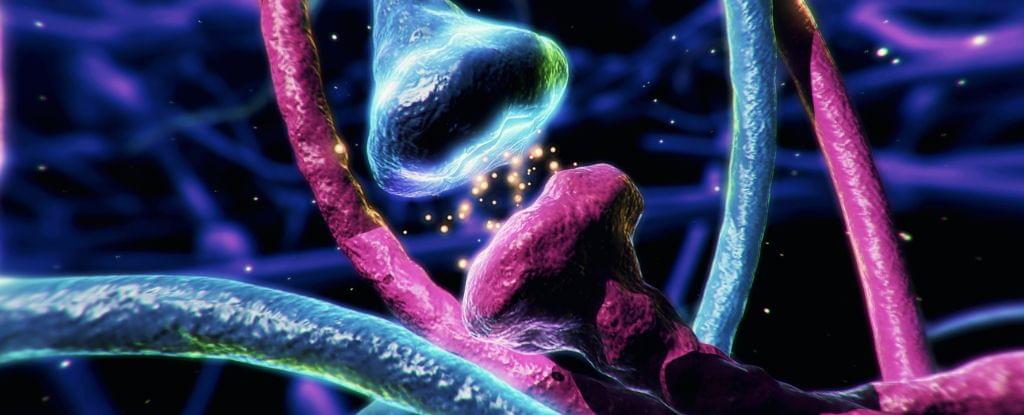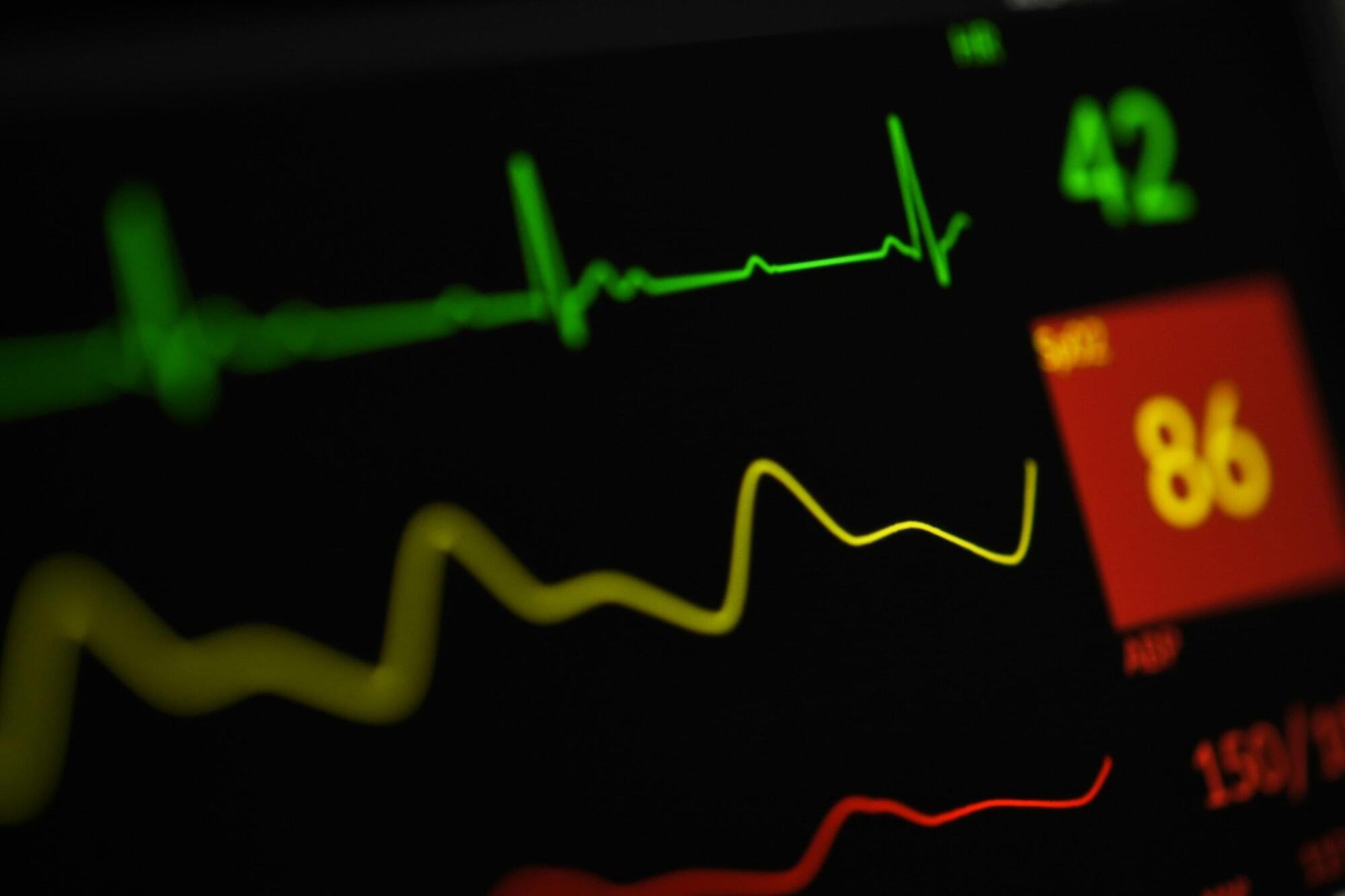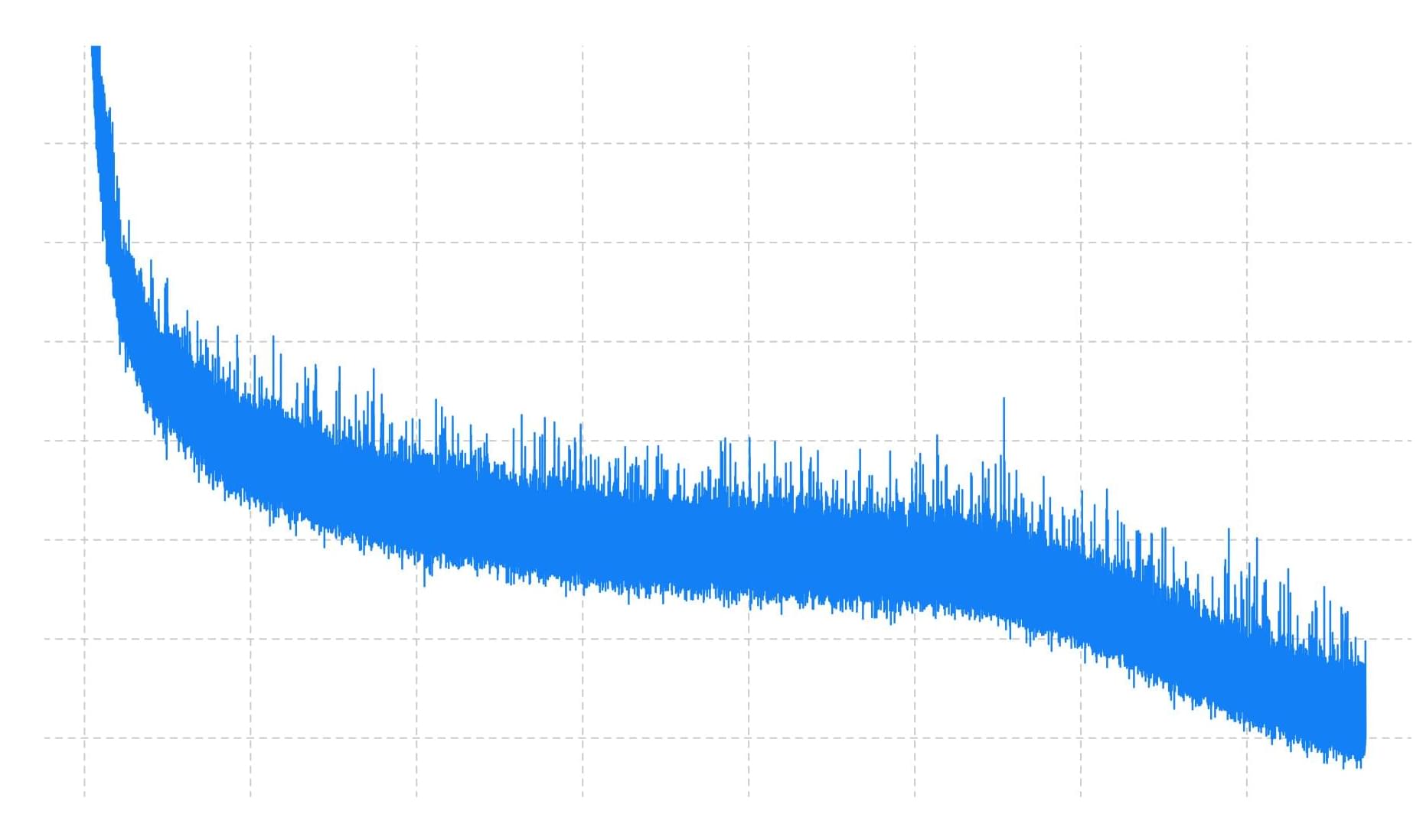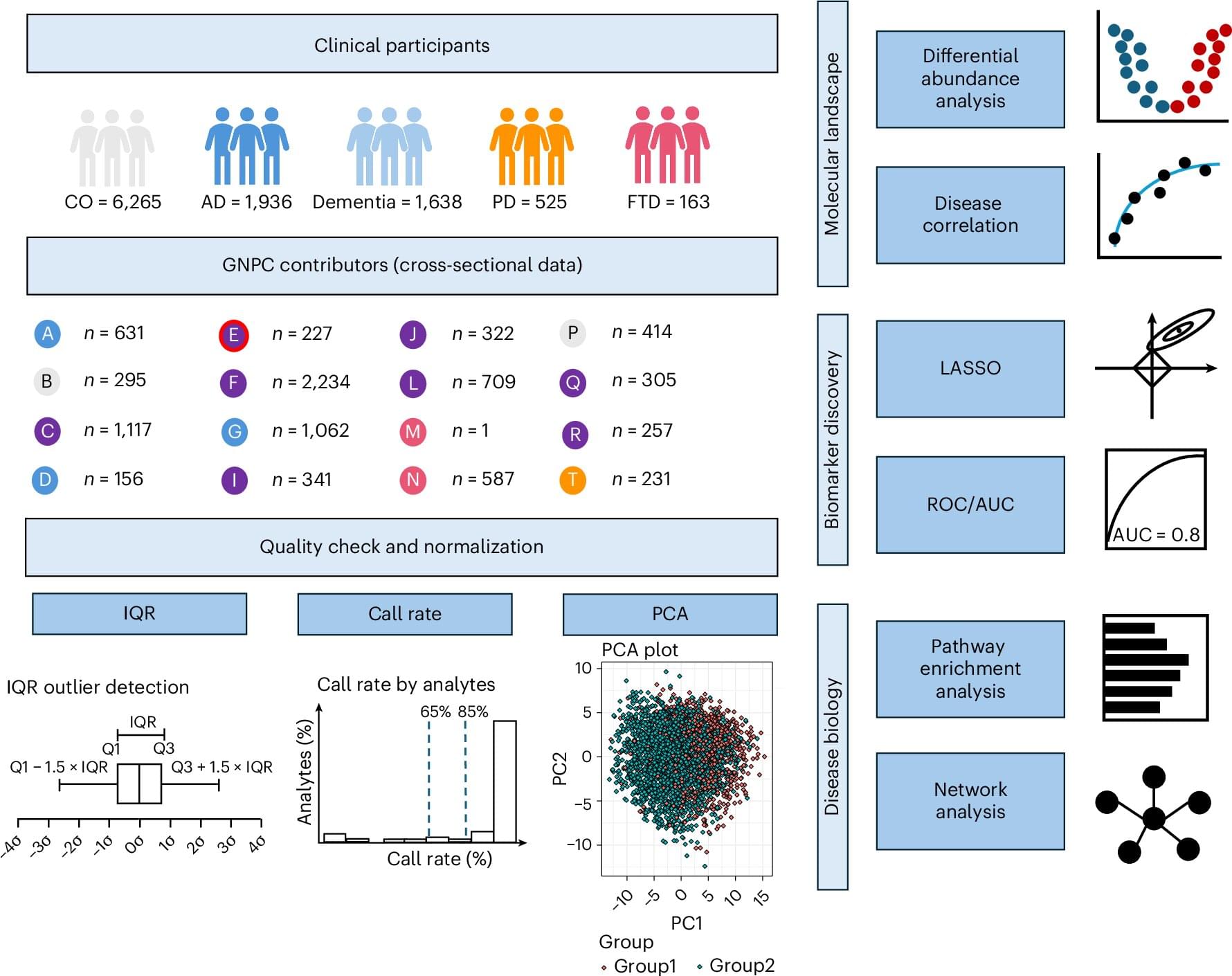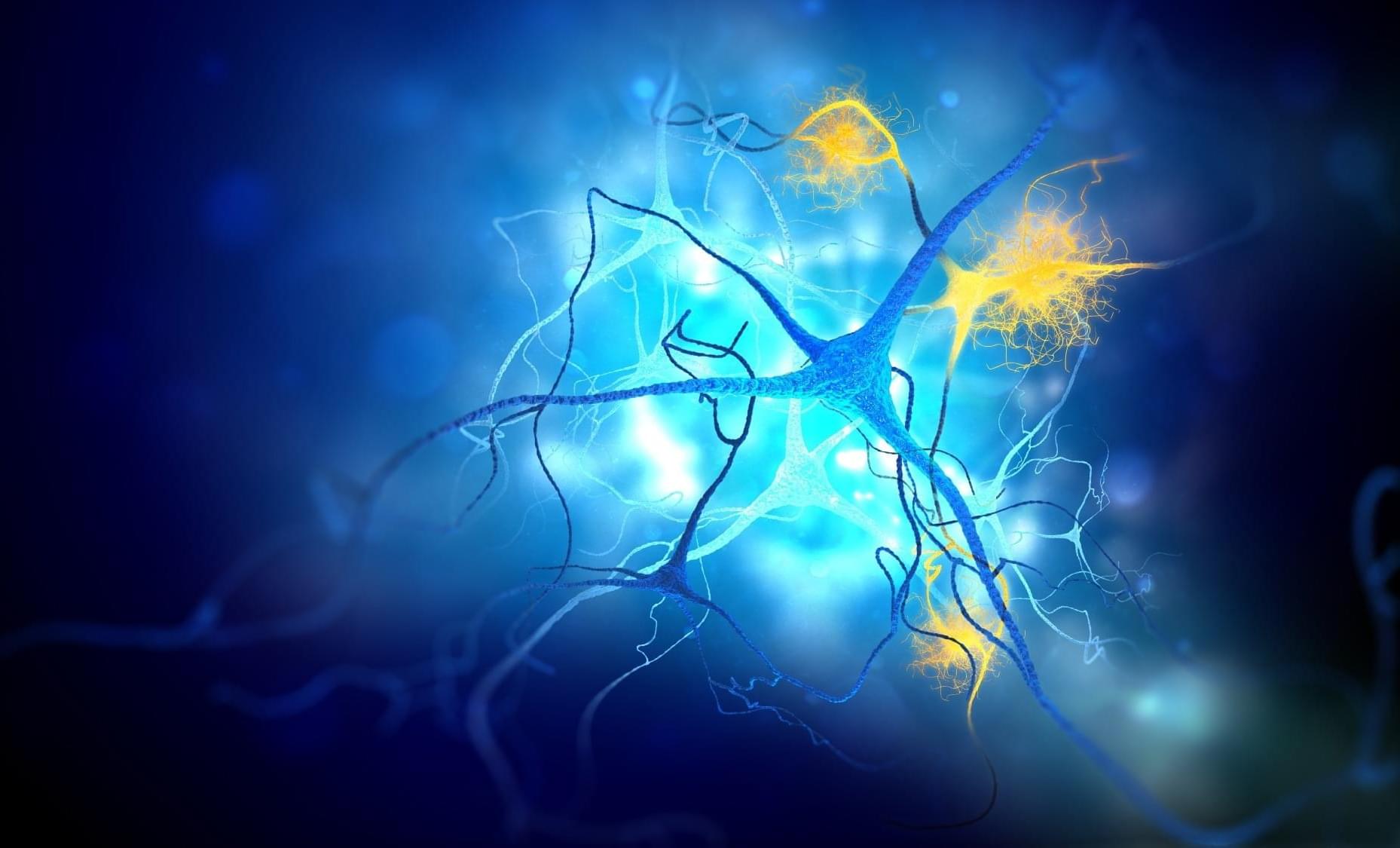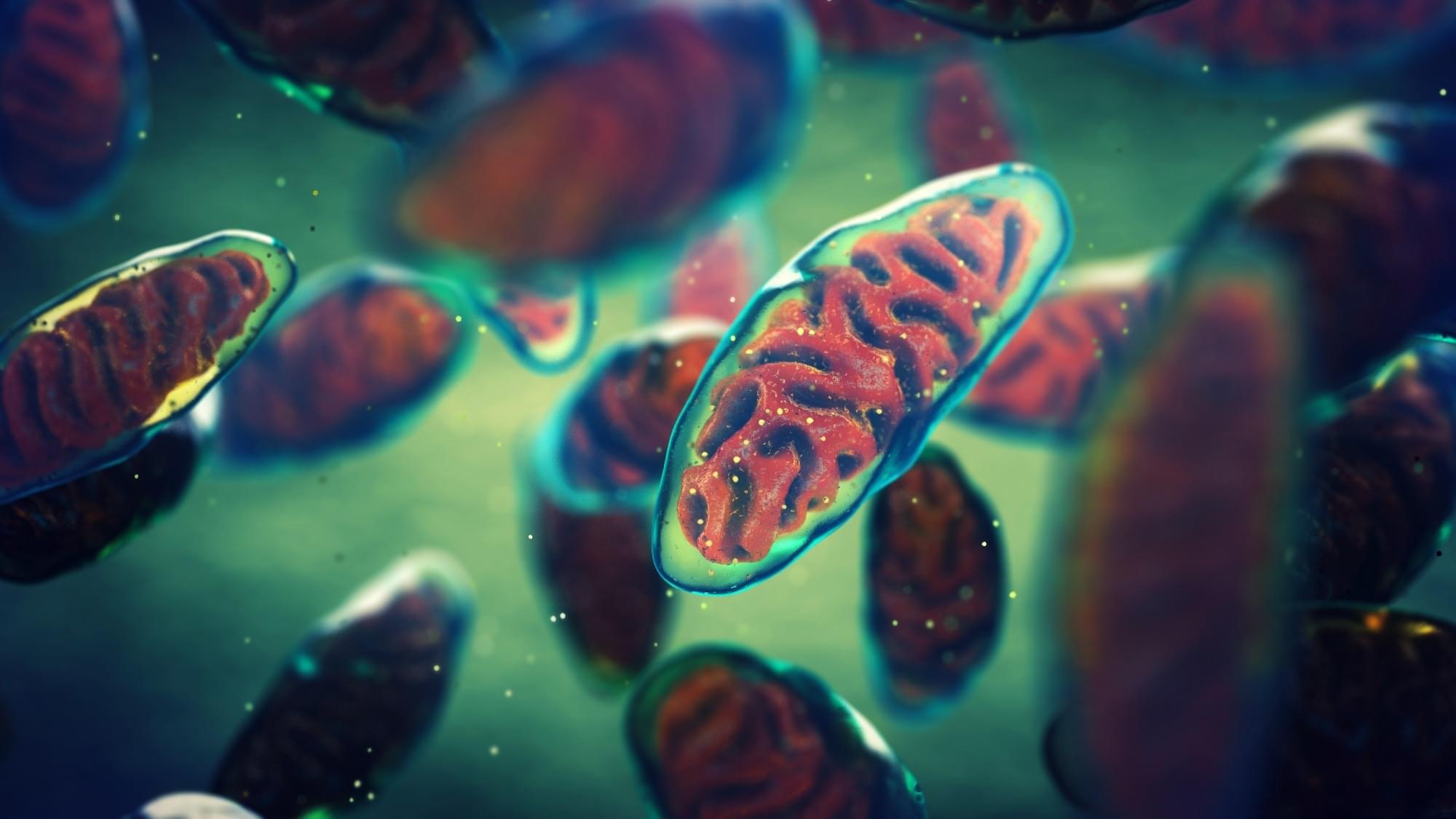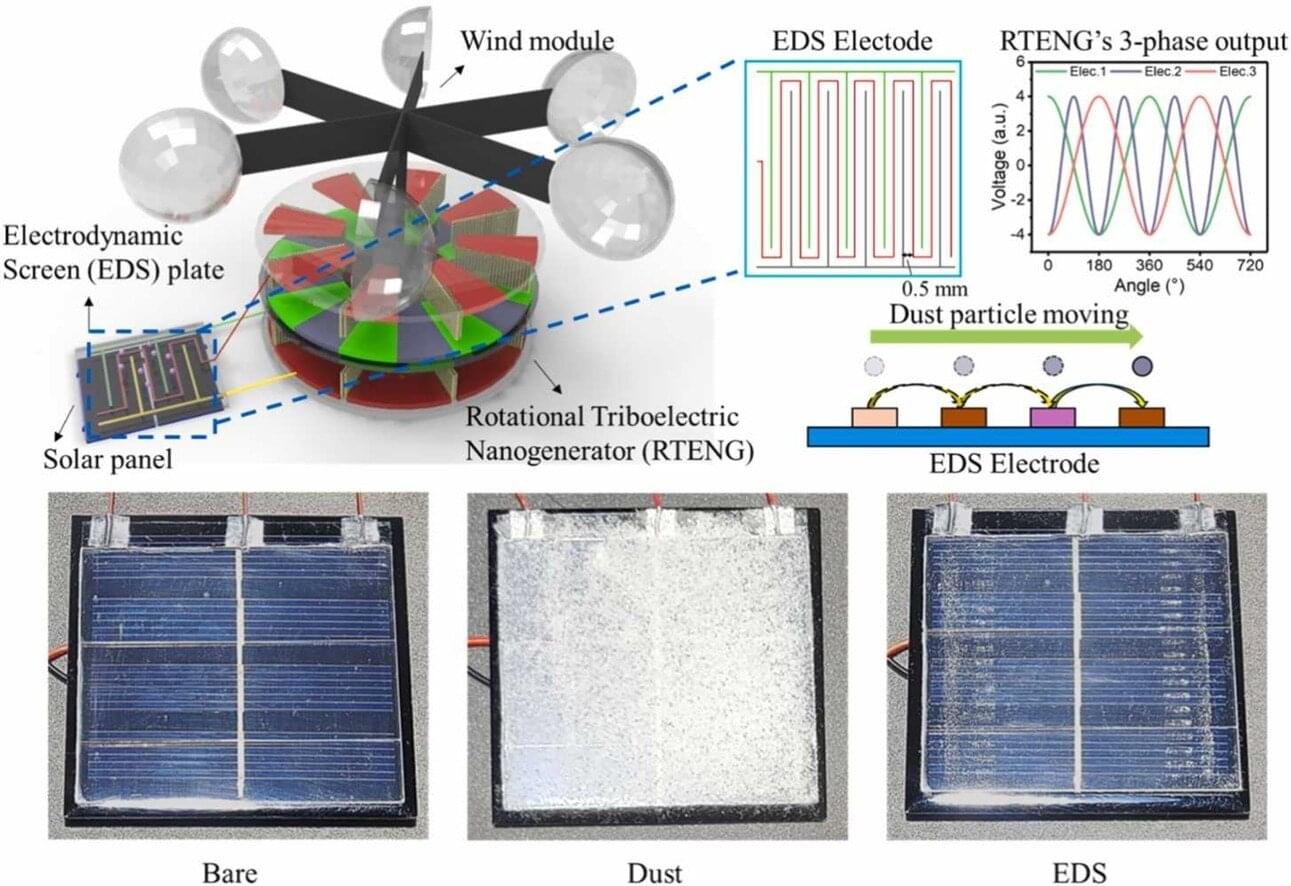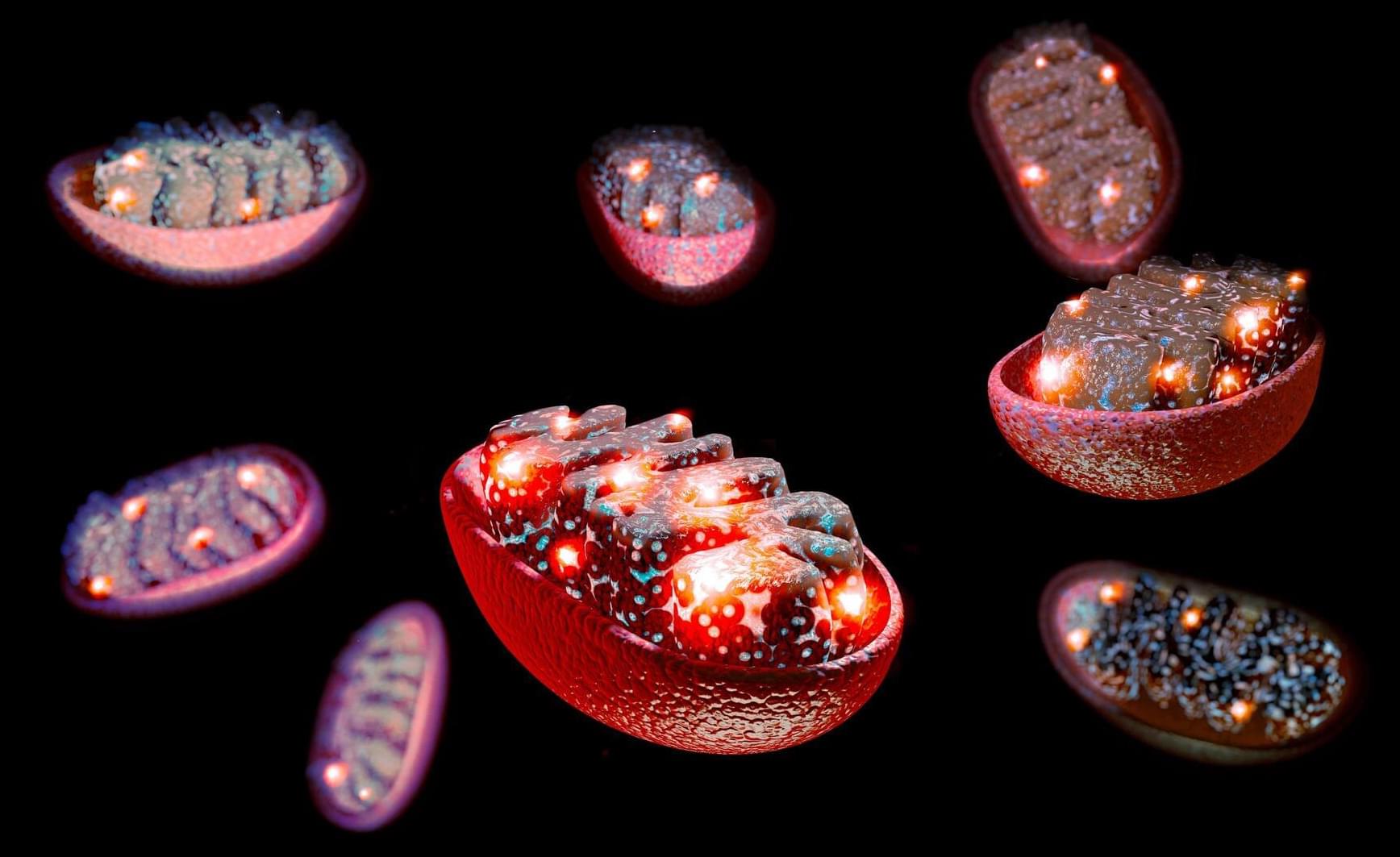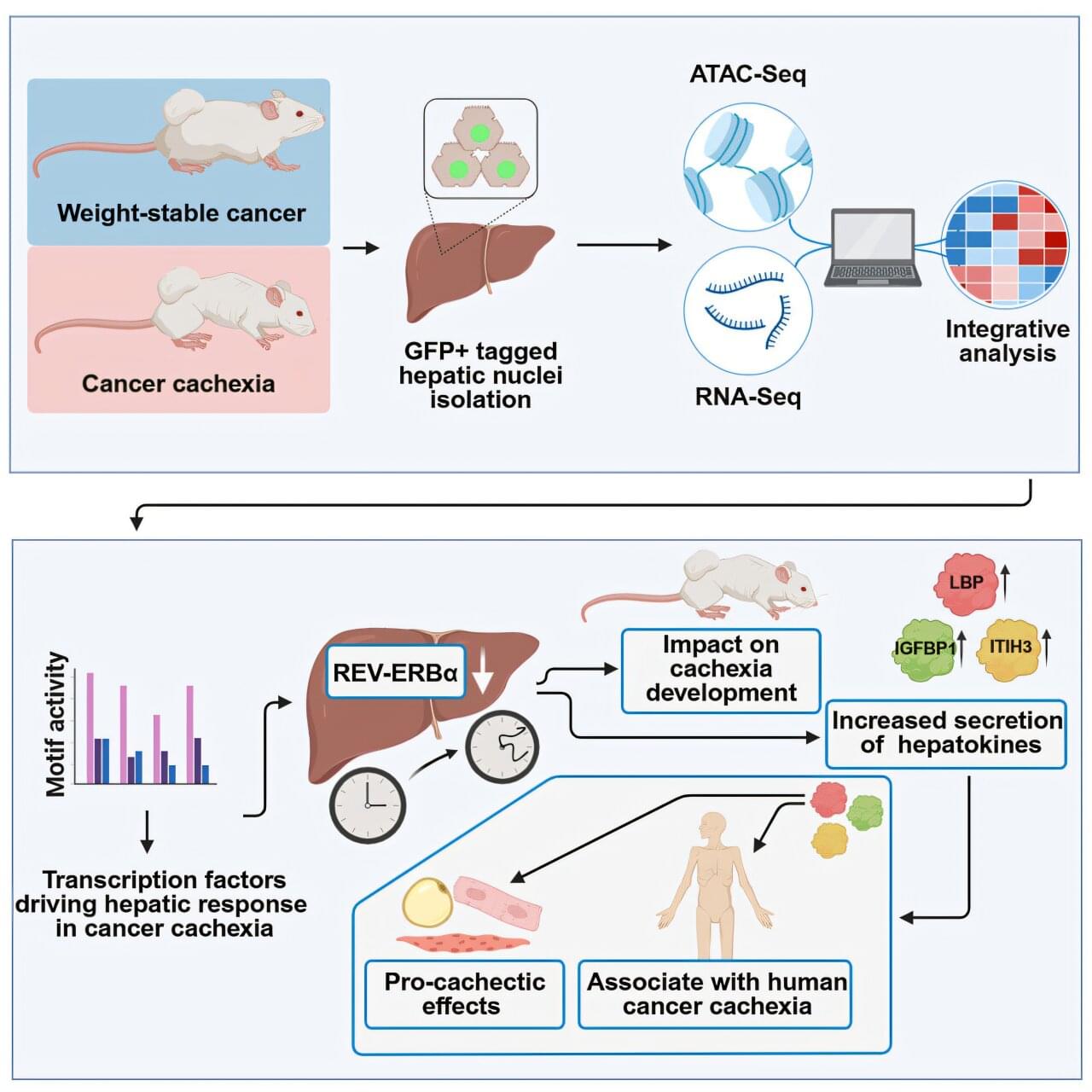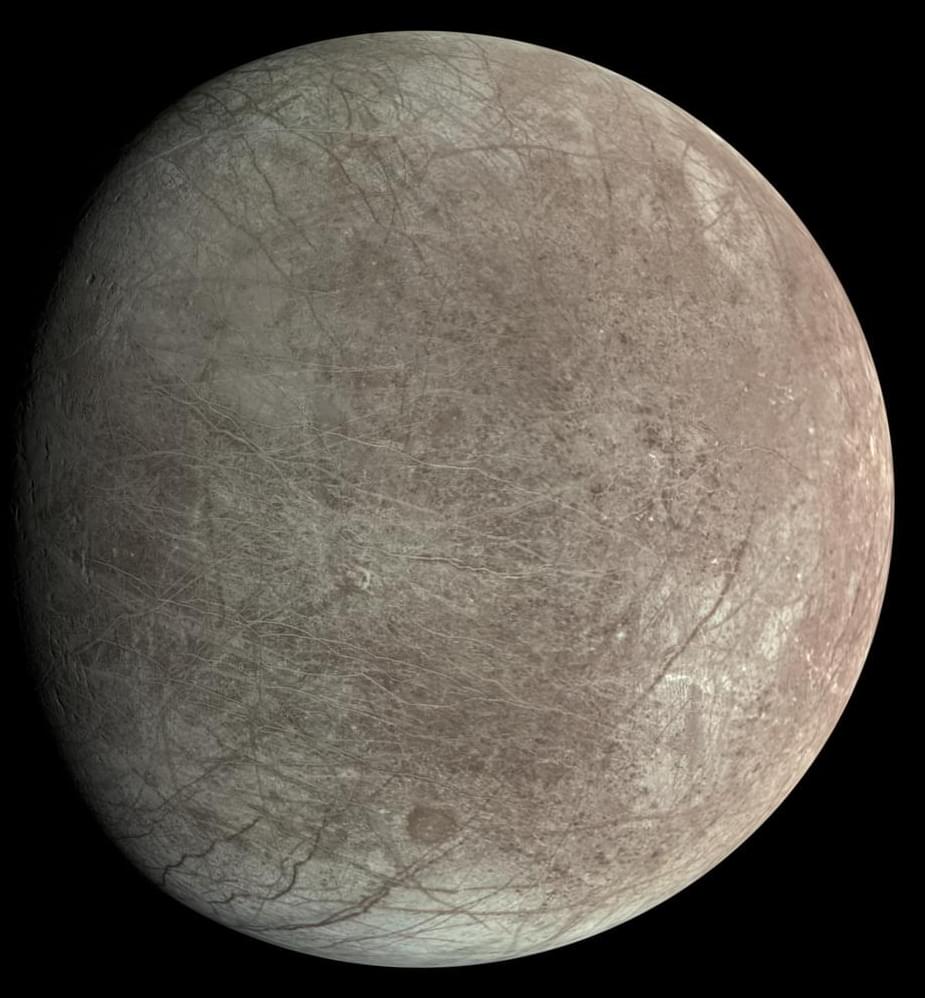Further analysis for immune-specific processes revealed APOE ε4 enrichment in various infection-related pathways, including herpes, influenza A, hepatitis, measles, and Epstein-Barr virus (EBV). Significant enrichment was also observed for B-cell, T-cell, and inflammatory signaling cascades. Next, immune cell subtype enrichment analysis revealed the most APOE ε4 enrichment in intermediate and non-classical monocytes among innate immune cells.
Among adaptive immune cells, memory cluster of differentiation 8 (CD8) T cells, regulatory T (Treg) cells, and memory CD4 T cells were the most enriched. Besides, γδ T cells and natural killer (NK) cells showed APOE ε4 enrichment. In the liver, a cell-type-specific enrichment analysis revealed the most APOE ε4 enrichment in Kupffer cells and hepatocytes.
Next, the researchers examined whether APOE ε4 CSF proteome changes were reflected in the plasma and used the GNPC dataset for plasma proteome profiling of AD, PDD, FTD, PD, ALS, and non-impaired controls. Fifty-eight plasma proteins associated with the APOE genotype were identified in non-impaired controls. CART modeling revealed that these 58 proteins could strongly differentiate between APOE ε4 carriers and non-carriers across neurodegenerative diseases, and this signature was found to be consistent across different sexes and racial groups.
